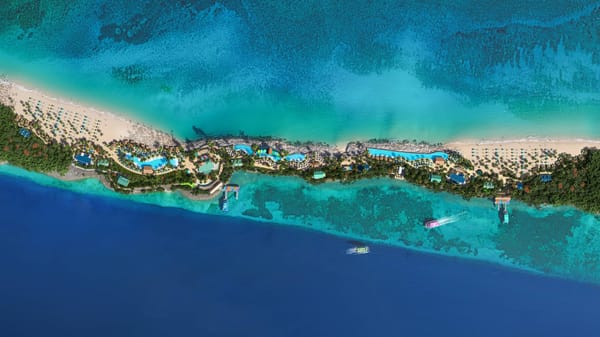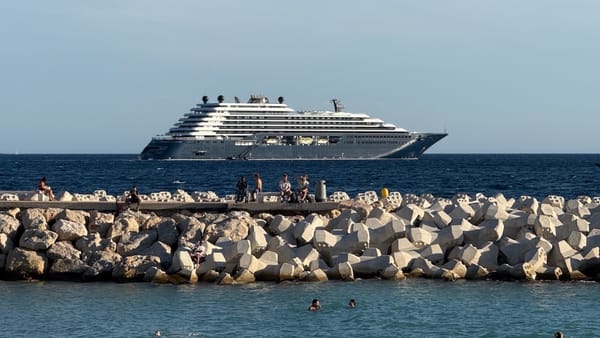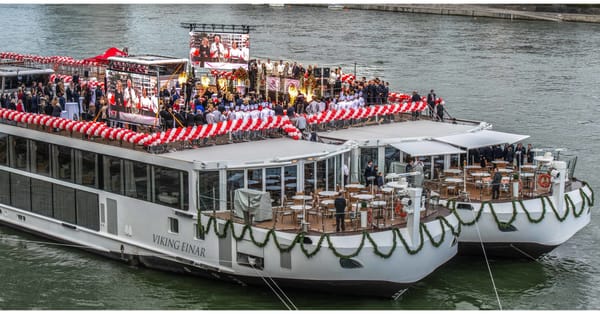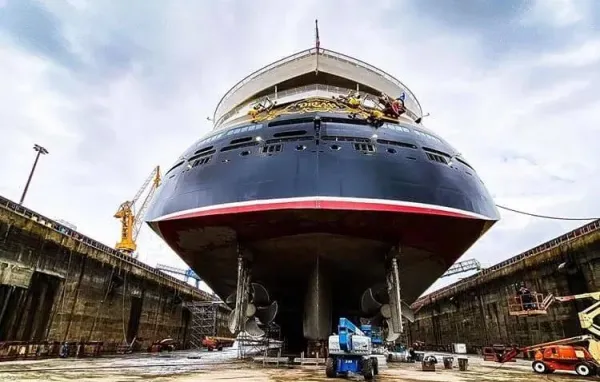SS United States to Become Artificial Reef Off Florida, Museum Set for Destin
The SS United States’ transformation into an artificial reef aims to boost marine life and regional tourism, while a new museum preserves artifacts and the liner’s storied cultural heritage.
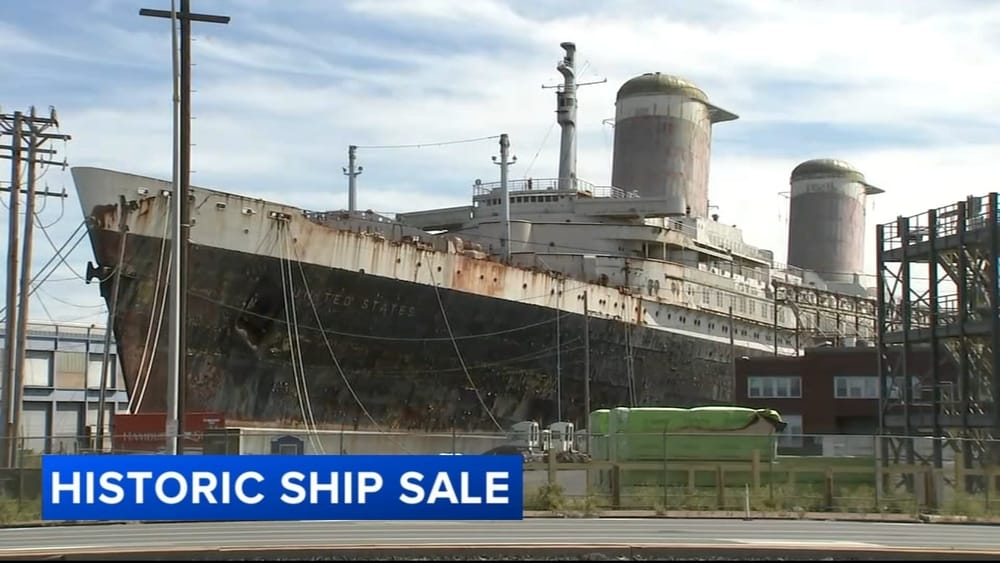
The iconic SS United States is undergoing a historic transformation, combining maritime innovation, environmental sustainability, and cultural preservation. Plans are underway to repurpose the vessel by sinking it as the world’s largest artificial reef off the coast of Florida, while simultaneously developing a land-based museum in Destin-Fort Walton Beach to celebrate the ship’s storied legacy.
The SS United States: From Historic Ocean Liner to Artificial Reef
Constructed in 1948, the SS United States once held the title of the fastest ocean liner to cross the Atlantic, setting transatlantic speed records in both directions during its maiden voyage. The vessel, measuring 990 feet in length, accommodated approximately 1,900 passengers and 900 crew members and carried over one million travelers, including dignitaries, celebrities, immigrants, and four U.S. presidents. Despite its legendary status, the liner ended its service in the mid-1980s, followed by decades of inactivity and preservation struggles. Its ultimate transformation will ensure its legacy persists in new and innovative ways.
Okaloosa County acquired the ship in late 2024 and plans to sink it about 20 nautical miles south of Destin-Fort Walton Beach. The vessel, positioned at a depth of 180 feet to the seabed with its upper deck resting 55 feet below the surface, will enhance marine biodiversity and support the region’s growing diving and fishing industries. The deployment is scheduled for late 2025, contingent upon completing extensive environmental preparations.
Environmental Preparations and Artifact Conservation
The SS United States is currently docked in Mobile, Alabama, where comprehensive environmental preparations are underway. Okaloosa County and contractor Coleen Marine are collaborating with the Destin-Fort Walton Beach Natural Resources team to ensure the eco-friendly transformation of the vessel. All fuel has been removed, tanks are steam-cleaned, and toxic materials are being meticulously extracted. Significant wiring systems are still being removed to meet strict environmental standards. Structural reinforcements are being added to prepare the hull for deployment.
Key artifacts, including the ship's towering 65-foot funnels and main mast, are being salvaged. These components, along with additional memorabilia, such as the remaining propeller and select machinery, will be displayed at the planned museum in Destin-Fort Walton Beach to preserve the ship’s historic significance.
“This is a massive next step toward an environmental effort that will benefit our local marine habitat and build upon our robust tourism industry,” said Paul Mixon, Okaloosa County Board Chairman. “I applaud the collaborative work to preserve this ship’s history while advancing sustainable innovations.”
A Museum Honoring America’s Flagship
The SS United States Conservancy is leading efforts to create the SS United States Museum and Visitor Experience, a landmark destination to celebrate maritime history. The museum, designed by Thinc Design in partnership with LMN Architects and engineering firm Buro Happold, promises a dynamic experience with immersive exhibits, interactive storytelling, and displays of the ship’s massive funnels. Gibbs & Cox, the naval architecture firm that designed the SS United States, is advising on technical interpretations to showcase the ship’s engineering achievements.
“By incorporating iconic elements from the SS United States into an architecturally stunning museum, America’s Flagship will continue to inspire future generations,” said Susan Gibbs, president of the SS United States Conservancy. The collection will feature thousands of items acquired by the Conservancy over the years, including artwork, historic photographs, vintage film footage, and immersive simulations that recreate life aboard the vessel.
Tom Hennes, founder of Thinc Design, expressed his enthusiasm for the project, noting, “We felt a passion for helping tell her remarkable story. In close collaboration with the Conservancy, we aim to create unforgettable exhibits for all visitors.”
The Dual Impact: Tourism and Environmental Benefits
The dual initiatives, the artificial reef project and the museum, are poised to deliver significant benefits to the Destin-Fort Walton Beach region and beyond. The artificial reef will not only expand marine habitats but also contribute to the local economy by attracting diving and fishing enthusiasts. Its location and depth make it accessible to both beginner and technical divers.
Meanwhile, the museum is expected to draw history buffs, families, and maritime enthusiasts, combining cultural enrichment with economic growth. By showcasing the ship’s engineering and social significance, the project underscores the integral role of the SS United States in post-war innovation and societal transformation.
The ship’s transition highlights a unique approach to balancing environmental restoration, economic development, and cultural preservation. As the late-2025 deployment approaches, stakeholders are working diligently to ensure all preparations align with sustainability goals while safeguarding historic components for future generations.
Frequently Asked Questions (FAQs)
Why is the SS United States being transformed into an artificial reef?
Okaloosa County acquired the vessel to enhance marine habitats in the northern Gulf of Mexico and promote the fishing and diving industries. This innovative approach preserves select historic components ashore while repurposing the hull for environmental and tourism benefits.
Where will the ship be sunk, and how deep will it rest?
The deployment site is approximately 20 nautical miles south of Destin-Fort Walton Beach. The ship will rest at a depth of 180 feet to the seabed, with its upper deck roughly 55 feet below the surface.
What components are being preserved for the museum?
Key features of the ship, including its iconic funnels, the main mast, the remaining propeller, and additional memorabilia, are being salvaged and secured for display in the SS United States Museum and Visitor Experience.
What can visitors expect at the museum?
The museum will feature a blend of historic artifacts, immersive simulations, and interactive exhibits. Visitors will experience seagoing journeys aboard the SS United States through multimedia storytelling and architectural displays of the ship’s iconic components.
What safeguards are in place to ensure safe reef deployment?
Environmental preparations include the removal of fuel, steam-cleaning tanks, wiring extraction, and the elimination of toxic substances. Structural reinforcements are being added to ensure environmentally compliant deployment.

